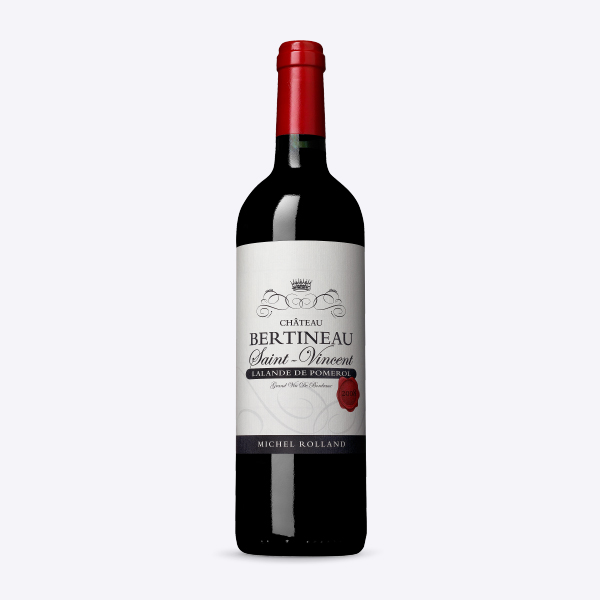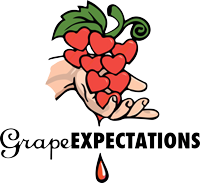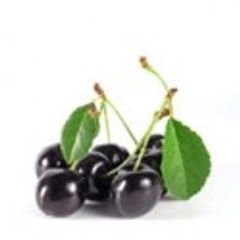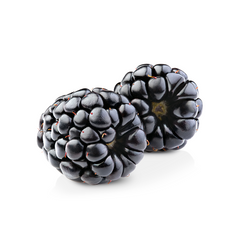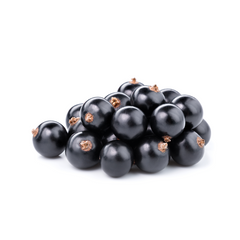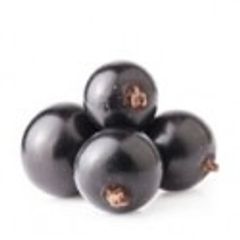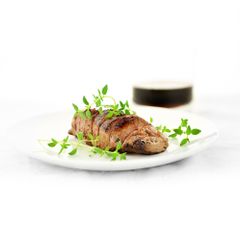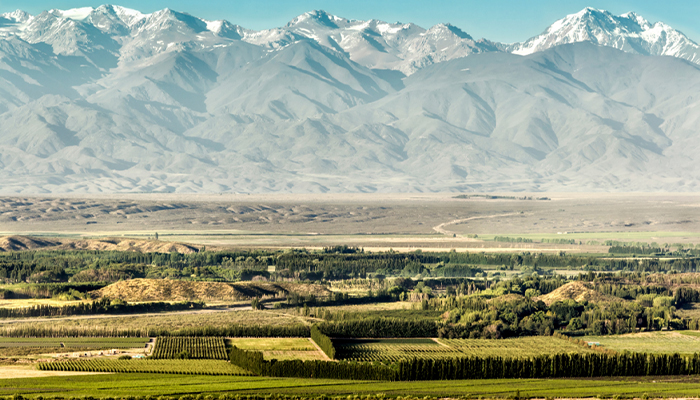In 1988, French consultant Michel Rolland went to Argentina to taste some wines. Rolland helped to increase quality and made the Argentine wine market one of the leading exporters in the New World.
His first experience with wines in Argentina was in a partnership with a wine producer in Cafayate, northwest Argentina. As a result, he began to provide consultancy services in several other wineries in the country. Gradually, Argentine wines improved, and Michel Rolland significantly influenced this development.
In 1996, Michel Rolland chose a place full of different terroirs to produce his wine. The chosen location was the Uco Valley, in the south of Mendoza.
At that time, the Uco Valley was not as prosperous as it is today, but the terroir of the Uco Valley was essential for Michel Rolland to choose this region to produce his wines.
The Uco Valley is located in the south of Mendoza at the foot of the Andes Mountains, in an area with a temperate climate, with harsh winters and hot summers with cool nights. The environment of this region was one of the factors that most attracted Michel Rolland, who believed that the high altitude of the area and less aggressive temperature favored the quality of the grapes and made the ripening longer, allowing the grape to develop entirely and still preserve the acidity of the grapes.
The soil was another factor that attracted Michel Rolland. The ground in this region is predominantly stony, with pebbles mixed with coarse sand, good permeability, good drainage, and not very fertile. In some areas, we find clay or limestone and regions with calcium deposits.
